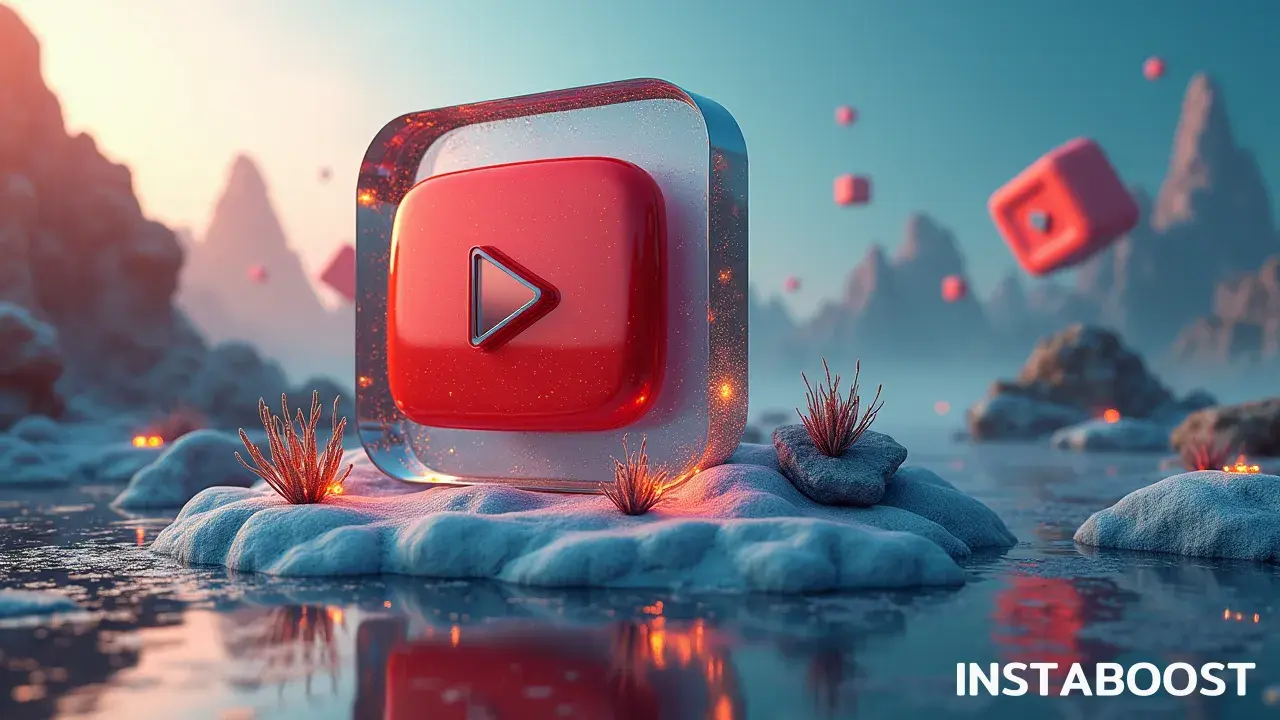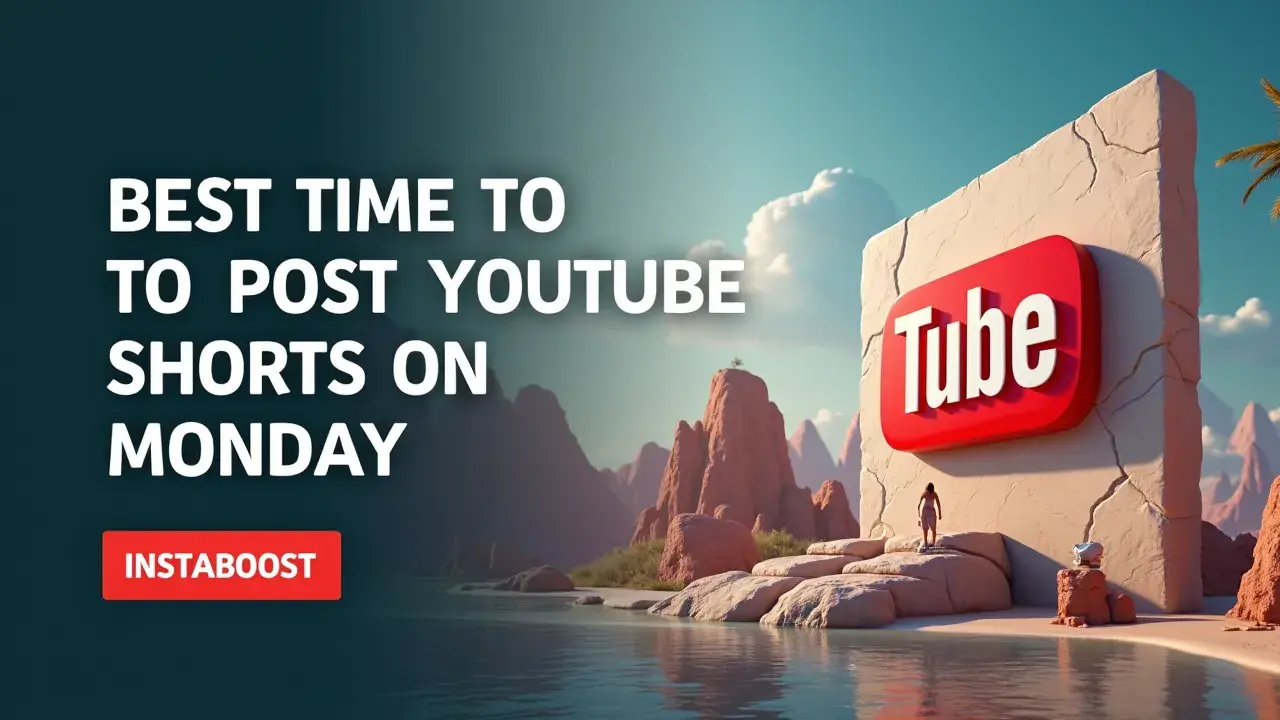What Is the Best Time To Post YouTube Shorts on Monday?
Posting during peak viewer activity on Mondays can improve Shorts visibility and engagement. The latest schedule highlights time windows informed by recent performance patterns, with data-driven tips guiding when audiences are most active and receptive. Real user engagement insights help refine timing by comparing watch patterns and interactions across different Monday slots. The smart path is to test within the recommended windows and track retention and interaction to confirm fit.
Why Monday Timing Matters for YouTube Shorts Success
Finding the right time to post YouTube Shorts on a Monday has a lot to do with how people’s routines shift at the start of the week. Mondays usually mean getting back to work or school, and moods are different than they are on weekends. The kinds of videos people feel like watching can change, too.
YouTube looks closely at how quickly viewers react to a Short after it goes live, so timing isn’t something to brush off. Even if your video is solid, it can get lost if it goes up while your audience is busy or distracted. Paying attention to when people are actually online on Mondays, and how that differs from other days, gives your video a better chance of getting noticed.
YouTube looks closely at how quickly viewers react to a Short after it goes live, so timing isn’t something to brush off. Even if your video is solid, it can get lost if it goes up while your audience is busy or distracted. Paying attention to when people are actually online on Mondays, and how that differs from other days, gives your video a better chance of getting noticed.
It’s not about landing on some exact time, but about shifting your schedule so your Shorts aren’t competing with the rush of the day. As we look at the current posting patterns for Mondays, even a small change – like posting before people head into work, or waiting until they’re home and unwinding – can help your Short fit into their day. Sometimes it’s that simple, and in the process you might even maximize YouTube engagement without having to overhaul your entire content strategy.

Challenging Conventional Wisdom: Real-World Posting Data
We ended up setting aside the usual “best practices” and started looking at what actually worked in real situations. Instead of taking the standard advice about when to post YouTube Shorts on Mondays at face value, we went through our analytics and checked out what other creators were seeing too. It turned out those recommendations about posting first thing in the morning or at lunchtime didn’t really work across the board. There were a lot of variables – different time zones, different audience routines. Some channels saw more views later in the afternoon, around the time people were on a break or wrapping up work.
For others, things picked up in the evening, when people were more likely to open YouTube for a bit of downtime. By watching when videos were published and tracking how quickly people started watching, it was clear that YouTube’s algorithm was more interested in how the timing fit into the audience’s day than in some general “prime hour.” In the end, nobody found a universal best time for Mondays. Some creators did better when they stopped worrying about the so-called “golden hour” and paid closer attention to when their own viewers were actually online – sometimes even noticing patterns that lined up with moments when people seemed more likely to gain YouTube subscribers simply because their audience was present. If you’re trying to figure it out yourself, checking your own numbers and trying different times might get you further than following advice that’s been circulating for years. The algorithm seems to care less about rules and more about whether what you’re sharing actually fits into people’s Monday routines.
The Mindset Shift: From Guesswork to Data-Driven Posting
In my experience, the people who really start seeing progress with their YouTube Shorts are the ones who stop relying on general advice about when to post and instead pay close attention to their own analytics. It’s less about following what everyone else is doing and more about noticing how your viewers actually behave. For example, you can open up your analytics and see which times on past Mondays led to more views, longer watch times, or more likes. Patterns tend to show up. Maybe your audience is more active after work, or maybe lunchtime is when you get the most engagement. Sometimes, I’ve noticed channels engage more users with boosted likes, especially when they combine that with smart timing.
The goal isn’t to chase some universal “best time,” but to get a feel for how your specific viewers spend their Mondays and line up your uploads with their habits. It’s a bit like running small tests – you adjust your upload time and watch how things change. Sometimes, even shifting by half an hour can make a noticeable difference. Over time, you start to trust what your own numbers are telling you, and you keep making tweaks based on what you learn. There’s no one-size-fits-all answer here. Growth usually comes from this quieter, steady process of noticing, adjusting, and seeing what actually works for your channel.
Why Chasing Universal “Best Times” Can Hold You Back
People mention “growth” a lot, but most of the time it feels more like spinning your wheels than actually moving forward. Every week, there’s new advice for creators about the supposed best time to post YouTube Shorts on Mondays – usually something broad pulled from platform-wide stats. But once you start paying attention, it becomes clear that copying those standard recommendations rarely brings much change.
The “optimal” posting windows might work now and then, but waiting for that perfect hour misses the bigger point. YouTube’s algorithm is more complicated than timing; it looks at how viewers actually behave, what they tend to watch, and even the specific kind of Shorts you’re uploading. If you’re always following someone else’s posting schedule, you might overlook when your own audience is actually active, or miss patterns that matter for your channel. Sometimes you see another creator’s video take off in the middle of the afternoon, while yours does nothing, and it turns out they were simply experimenting instead of sticking to the usual routine.
It ends up being more useful to check your own analytics, try out different posting times, and pay attention to what your viewers actually respond to – sometimes you stumble onto little strategies that help maximize YouTube performance almost by accident. Over time, you start to notice what works for your channel, and your posting habits become more personal – less about advice from strangers and more about your own small discoveries.
Making Mondays Work for You, Not Against You
There’s no single answer for the best time to post YouTube Shorts on Monday, and that actually takes some pressure off. The idea that there’s a perfect slot that works for everyone doesn’t really hold up – each channel, each audience is a little different. What seems to matter more is paying attention to your own results. You might notice that your viewers are more active around lunchtime, or maybe you pick up more views from people in a completely different time zone when you post later than usual. It’s less about chasing someone else’s timing and more about noticing what fits with the way your own audience shows up.
Somewhere along the way, as you check what’s working and try to popularise your YouTube content, Mondays can become a kind of experiment – a time to try something a bit different, check your stats, and see if anything shifts. Over time, you start to see patterns, and posting becomes a quieter back-and-forth with the people who are actually watching, rather than trying to keep pace with what everyone else is doing. Even when advice says otherwise, it’s your own small adjustments that seem to make the difference, and your understanding of what works gets a little clearer week by week.















